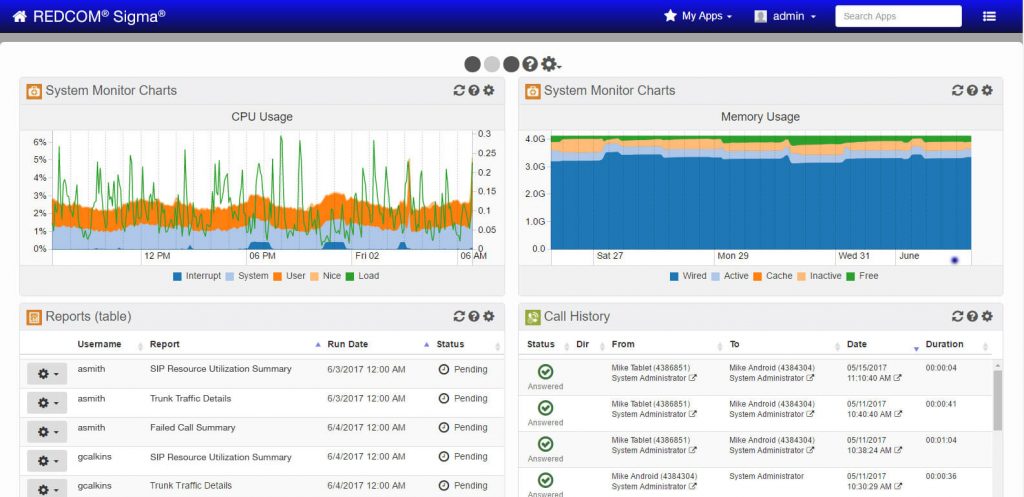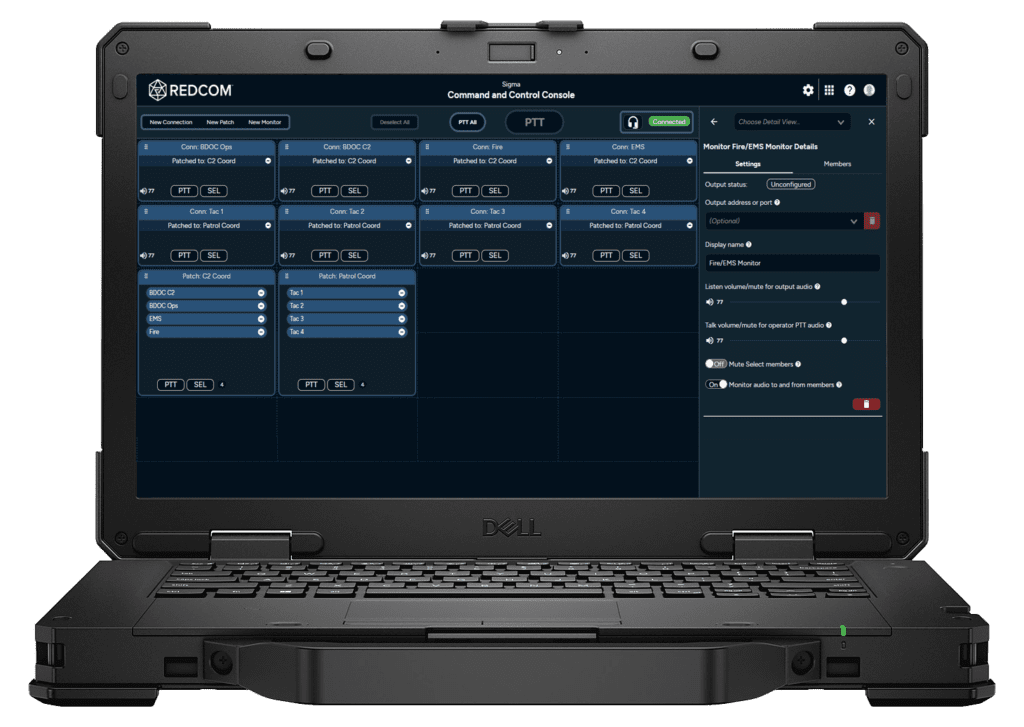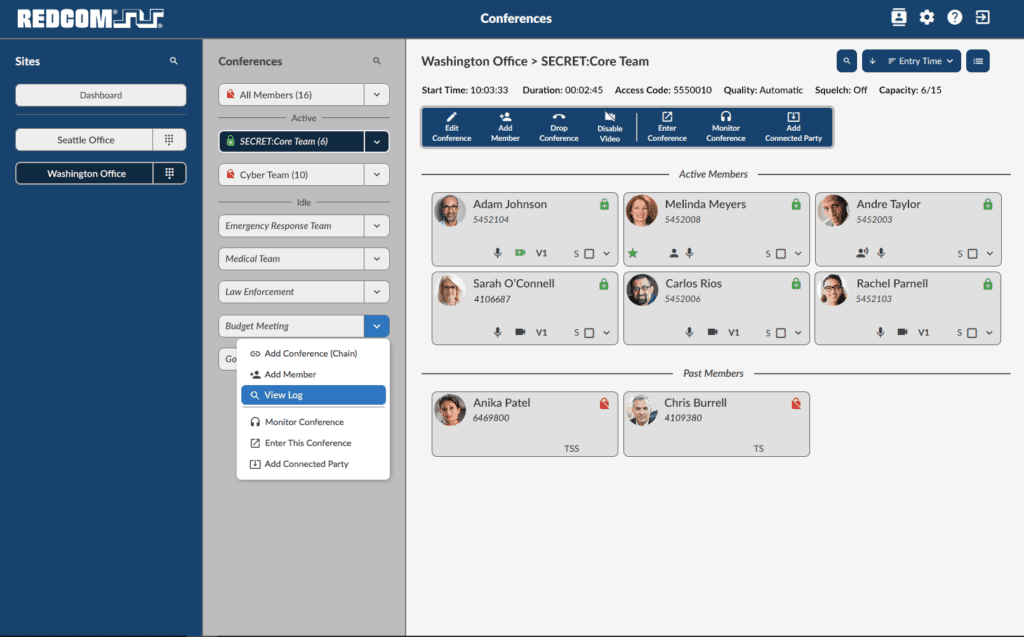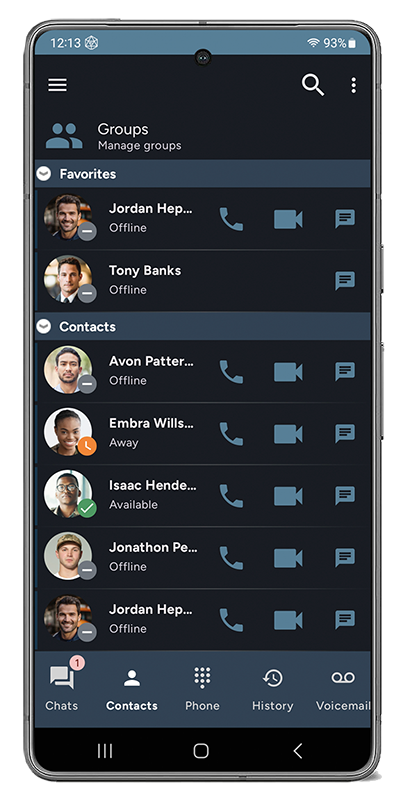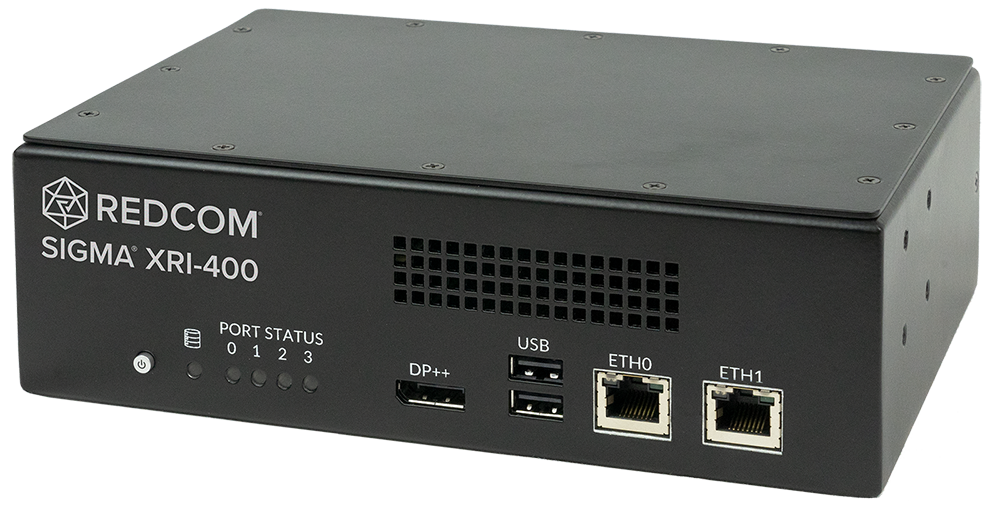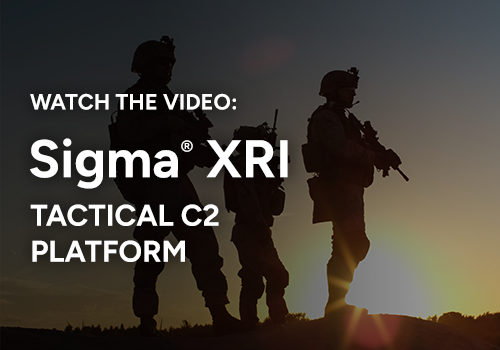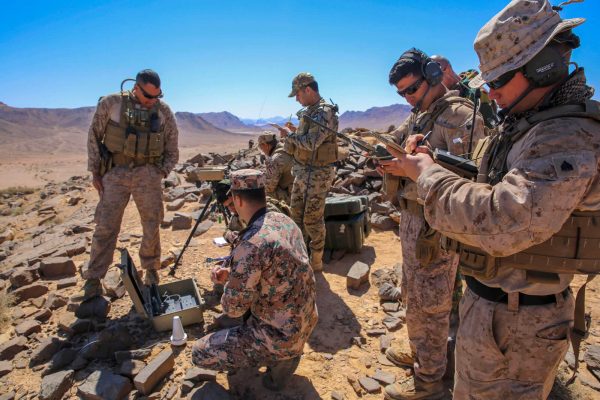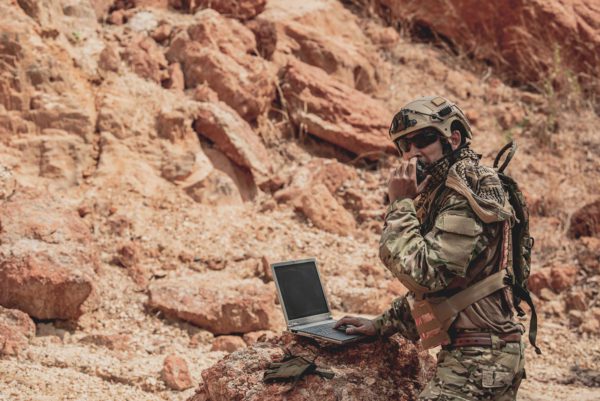Command. Control. Communications.
Command and Control systems are fundamental to all military operations, delivering the critical information necessary to plan, coordinate, and control forces and operations across the full range of Department of Defense (DoD) missions. In late 2020, the U.S. Department of Defense released a document outlining the strategy to modernize Command, control, and communications (C3) systems. In this document, the DoD describes the current architecture as one with “multiple data formats, non-interoperable system interfaces, serial and stove-piped data flows that limit data discovery and analytics, and incompatible data-links requiring complicated relays to communicate between platforms, mission types, and operational domains.” The effort of translating decisions rapidly into action while leveraging capabilities across all domains is an attempt to fix this current architecture. It is referred to as Joint All-Domain Command and Control (JADC2).
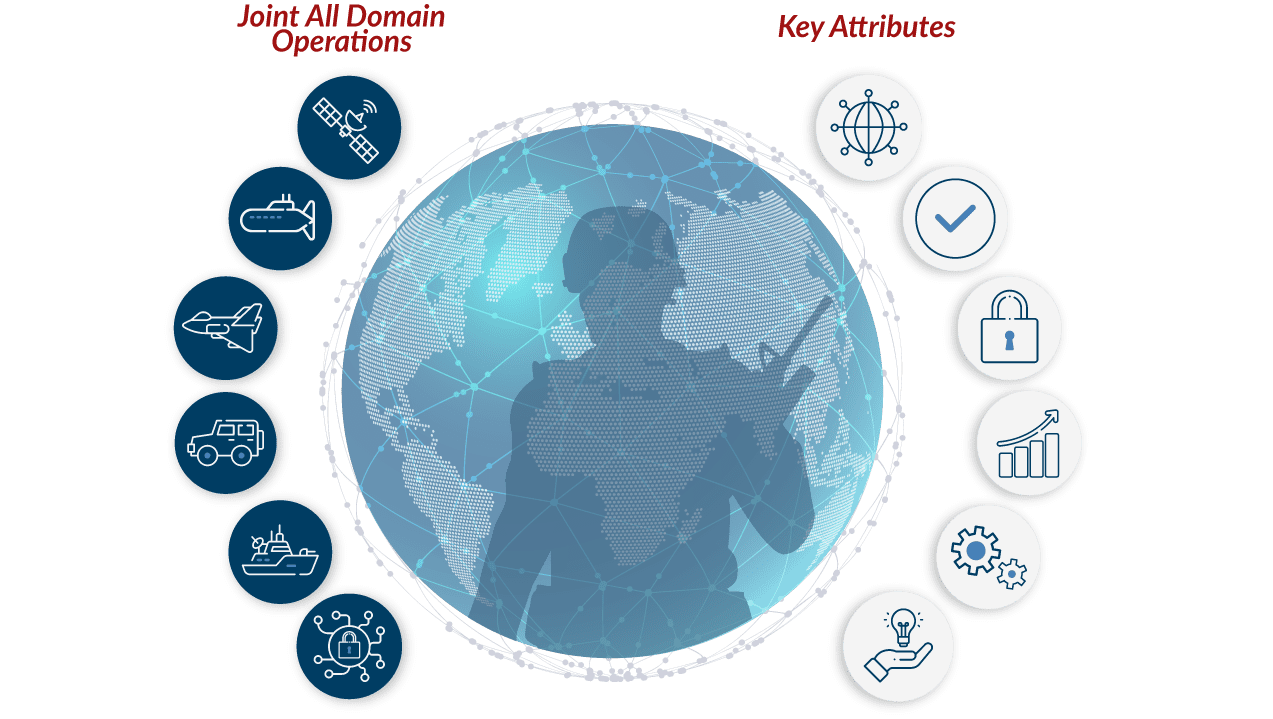
JADC2 objectives
In the C3 modernization effort, the concept of Joint All Domain Command and Control (JADC2) has become front and center. JADC2 is the DoD’s proposal to connect sensors from all the military services — Air Force, Army, Marine Corps, Navy, and Space Force — into a single network. The overall benefits of JADC2 are ease of use and interoperability.
According to David L. Norquist, the Deputy Secretary of Defense, “future conflicts could well be decided by information advantage, success going to the side that transforms vast amounts of data from distributed sensors and weapons systems across multiple domains into actionable information for better, faster decision making and precision effects.” While this is true, this level of interoperability runs the risk of increased complexity and friction from multiple vendors involved in the operation.
Effective force employment begins with effective C2
This idealized concept of JADC2 as envisioned by the DoD is highly ambitious and may still be years away from actualization. REDCOM is already meeting many of the JADC2 goals today within the tactical environment. Our product, Sigma, is the chosen C2 platform of the United States Army for this reason.
At the tactical edge, we are seeing a shift towards RF and blended RF/IP networks. REDCOM Sigma XRI can pull that RF traffic directly into the IP network, even when connectivity to the larger IP networks or higher headquarters is not established. REDCOM’s C2 Console app provides a single pane of glass for monitoring, controlling, and patching together multiple radio nets and SIP endpoints. This allows warfighters to rapidly tie into other networks, such as a coalition radio network, to maintain Command and Control at all times. Thus, JADC2 can be accomplished at the most basic level through voice communications without all of the complexity introduced by sensor-to-shooter technology.
Solutions that function in remote, highly contested locations or denied environments — with equipment that is device agnostic and able to switch among several transmission types — are critical to the JADC2 mission. The true power of REDCOM solutions comes from the ability to easily conference together any combination of devices or waveforms simultaneously.
Jump-start the transition to JADC2 today with REDCOM technology
Deploying REDCOM Sigma or REDCOM Sigma XRI today instantly delivers the following benefits that are directly aligned with JADC2 concepts:
Ease of use: REDCOM systems are so intuitive that new users can be trained and up to speed in minutes or hours — not days or weeks.
Interoperability with coalition partners: REDCOM technology bridges the gap between multiple disparate SIP and RF networks.
No rip and replace: REDCOM technology works with the existing deployed base of handsets and endpoints. Inserting REDCOM Sigma or Sigma XRI into existing architectures is seamless while enabling an upgrade path to future technology.
Improved tooth-to-tail ratio: REDCOM greatly reduces the complexity and bulk at the tactical edge and reduces the need for IT experts. This allows the military to further improve its force design by allowing for smaller geographically dispersed teams without extra field service representatives.
Continuity of ops in DIL environments: REDCOM enables command and control across all echelons, even in the denied environment. This enables warfighters to sustain communications at all times, regardless of transport medium.
Built for mobility: REDCOM systems thrive in the shoot, move, communicate environment. Our low SWaP platforms are resilient to hard shutdowns and power up extremely fast. Communications can be fully operational within minutes, enabling warfighters to secure a tactical advantage by maintaining mobility at all times.
Conclusion
JADC2 is a complex future operating concept, however, REDCOM has the ability to address the key goals today at the tactical edge. REDCOM’s current products can provide a clear path to these future operating concepts by placing powerful and easy-to-use C2 solutions in the hands of the warfighter.
